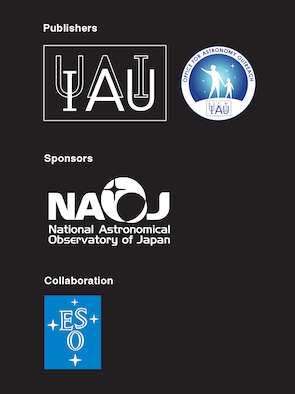
Download this article
- PDF (1.53 MB)
Back to the Table of Contents
|
The Space Public Outreach Team (SPOT): Adapting a successful outreach programme to a new region (page 08)
Kathryn Williamson, Angela Des Jardins, Irene Grimberg, Shane L. Larson, Joey Key, Michelle B. Larson, Sue Ann Heatherly, David McKenzie, Tyson B. Littenberg
Key Words
Science communication, STEM, ambassadors,
physics, astronomy, outreach, undergraduate
students, professional development
Summary
The Space Public Outreach Team (SPOT) recruits and trains undergraduate ambassadors from all disciplines
to deliver astronomy and space-science-themed interactive presentations. They deliver these presentations
to primary and secondary schools and organisations across the state of Montana, USA.
SPOT was started in 1996 by physics graduate students at Montana State University, USA, and it has grown to reach an
average of 10 000 students per year for a low institutional cost of less than five dollars (four euros) per student. In the last
year, the Montana SPOT model has been adopted in the state of West Virginia. The West Virginia SPOT programme also
shows great potential, with eleven ambassadors trained to give two new feature presentations, reaching over 2600 students.
In this paper, we describe how the Montana SPOT model works in practice and discuss how this model was adapted with
new resources, and for a new audience, such that others may also adapt the programme to inspire space science interest
for their own particular setting. We invite these groups to plug into the SPOT brand to broaden the impact of astronomy
and space programmes and applications in their own region. |

